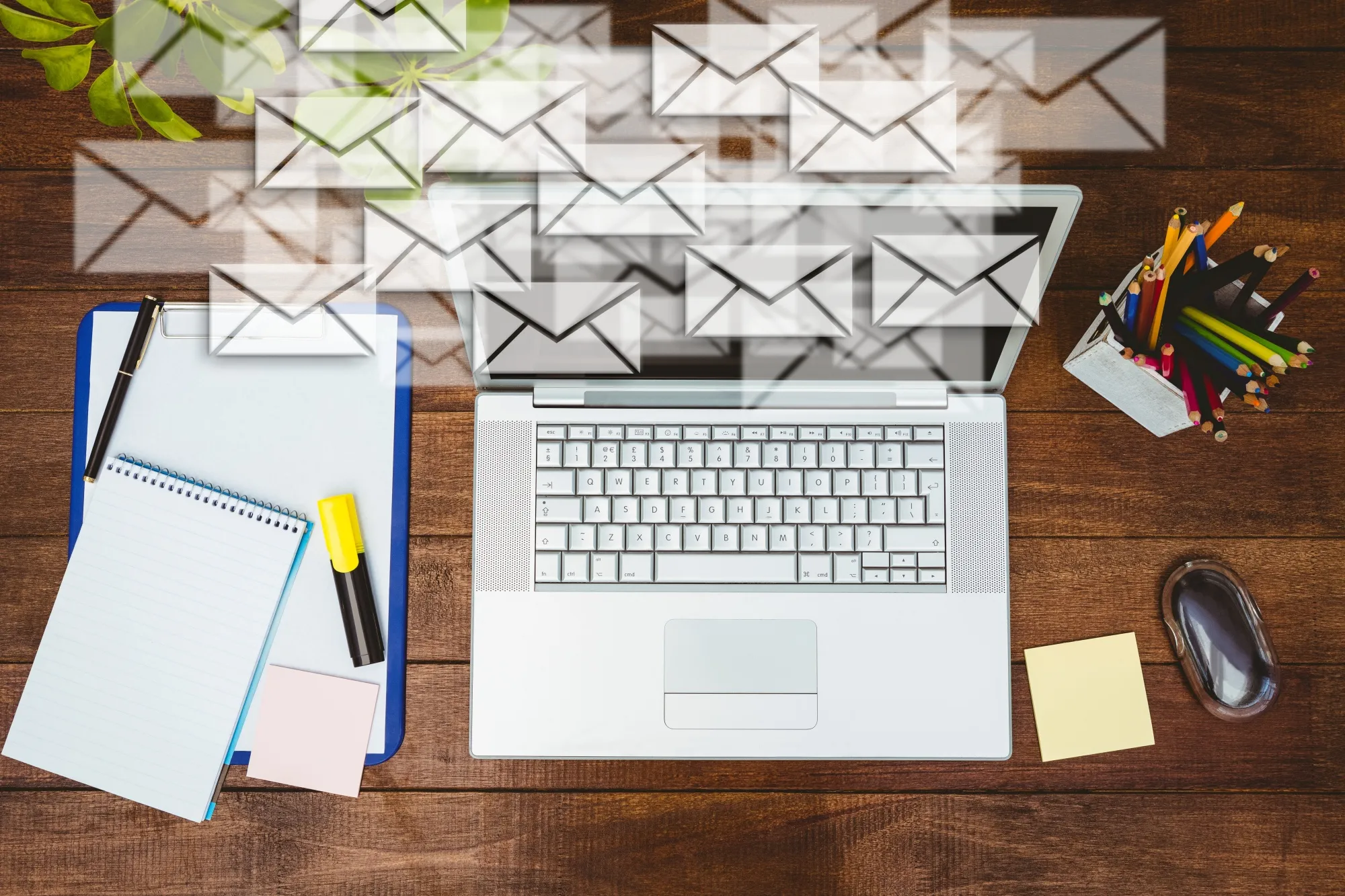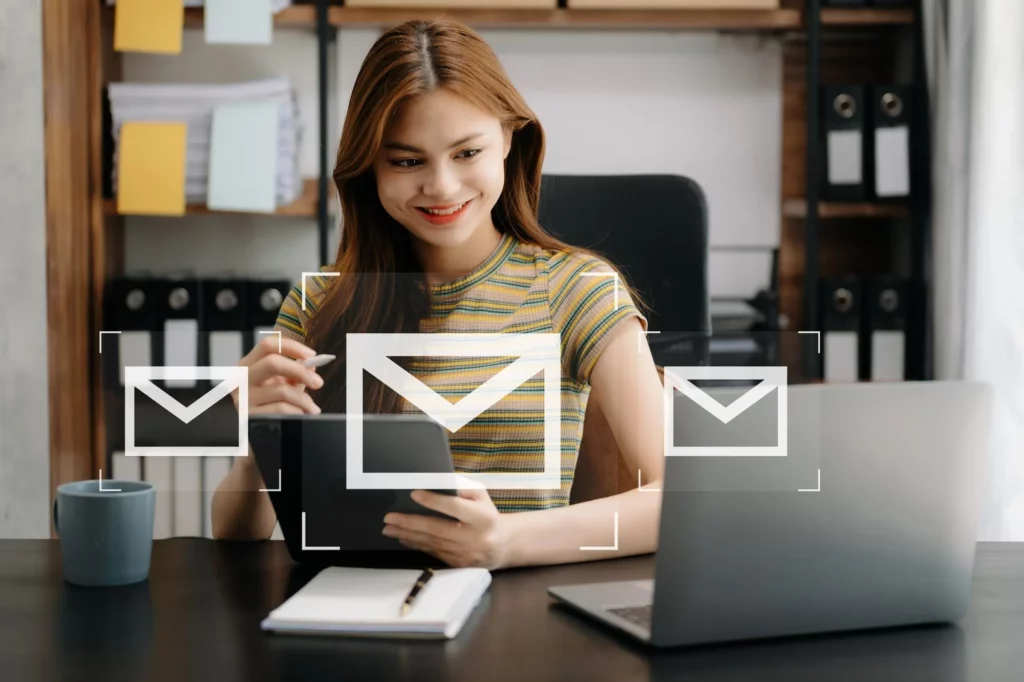Email marketing remains one of the most powerful tools for engaging customers and driving conversions. However, sending the same email to your entire list can lead to low open rates, unsubscribes, and reduced engagement. Email list segmentation is the key to delivering the right message to the right audience at the right time.
In this guide, we’ll explore why email segmentation is important, the best strategies to segment your list, and how to improve engagement through targeted email campaigns.
What is Email List Segmentation?
Email list segmentation is the practice of dividing your email subscribers into smaller groups based on shared characteristics. This allows businesses to send personalized and relevant emails, leading to higher open rates, better engagement, and increased sales.
📌 Why Segment Your Email List?
✅ Higher Open Rates – Emails that match subscriber interests are more likely to be opened.
✅ Better Click-Through Rates – Targeted content leads to higher engagement.
✅ Lower Unsubscribe Rates – Reduces spam complaints and subscriber churn.
✅ Increased Conversions – Sends the right message at the right time to boost sales.
Let’s explore proven segmentation strategies to maximize your email marketing efforts.
1. Segment by Demographics
Understanding the basic demographics of your subscribers helps tailor messages to their specific needs.
🔹 Age – Adjust messaging for Gen Z, Millennials, or Baby Boomers.
🔹 Gender – Offer relevant content, such as fashion recommendations.
🔹 Location – Send region-specific offers or local event invitations.
🔹 Job Title/Industry – Target professionals with niche content.
📌 Example: A clothing brand can promote women’s fashion trends to female subscribers while highlighting men’s collections to male subscribers.
2. Segment by Purchase Behavior
Tracking past purchases and browsing history allows for precise targeting.
🔹 First-Time Buyers – Send welcome emails with special discounts.
🔹 Repeat Customers – Offer exclusive loyalty rewards.
🔹 Abandoned Cart Users – Send reminders with a special offer.
🔹 High-Spending Customers – Provide VIP deals or early access to new products.
📌 Example: An online electronics store can send an email featuring accessories for a product a customer recently purchased.
3. Segment by Engagement Level
Not all subscribers interact with your emails the same way.
🔹 Active Subscribers – Reward frequent openers with premium content.
🔹 Inactive Subscribers – Re-engagement emails with exclusive offers.
🔹 Seasonal Shoppers – Send emails before their usual shopping time.
📌 Example: A travel agency can target frequent travelers with special trip discounts while re-engaging inactive users with limited-time deals.

4. Segment by Signup Source
Understanding how a subscriber joined your email list helps personalize messaging.
🔹 Website Signup – Send exclusive welcome offers.
🔹 Social Media Signup – Share content aligned with social media interests.
🔹 In-Store Signup – Offer location-based promotions.
📌 Example: If someone subscribed via a webinar, follow up with related educational content.
5. Segment by Email Preferences
Allow subscribers to choose their preferred type of content and email frequency.
🔹 Product Updates – Target users interested in new releases.
🔹 Educational Content – Send how-to guides and industry insights.
🔹 Promotional Offers – Provide discounts and special deals.
🔹 Weekly vs. Monthly Emails – Respect users’ frequency preferences.
📌 Example: A fitness brand can send nutrition tips to health-conscious subscribers while offering workout plans to fitness enthusiasts.
6. Segment by Customer Journey Stage
Tailor emails based on where a subscriber is in the sales funnel.
🔹 Awareness Stage – Provide educational content and blog articles.
🔹 Consideration Stage – Send case studies and product comparisons.
🔹 Decision Stage – Offer free trials, demos, or discounts.
📌 Example: A software company can send introductory guides to new leads while providing pricing details to subscribers ready to buy.
7. Segment by Email Engagement
Monitor how subscribers interact with your emails and adjust your strategy accordingly.
🔹 High Open & Click Rates – Send VIP offers and exclusive content.
🔹 Low Engagement – Experiment with subject lines, content, or incentives.
🔹 Never Opened Emails – Use re-engagement campaigns or surveys.
📌 Example: A beauty brand can send loyalty rewards to engaged customers and personalized recommendations to inactive subscribers.
Best Practices for Effective Email Segmentation
🚀 Keep Your Data Up-to-Date – Regularly clean and update your email list.
🚀 Use Automation Tools – Platforms like Mailchimp, HubSpot, and Klaviyo help segment lists.
🚀 A/B Test Segments – Experiment with different segmentation strategies.
🚀 Monitor Performance – Track open rates, CTRs, and conversions for each segment.
🚀 Personalize Content – Use subscriber names and tailor email messaging.
Final Thoughts
Effective email segmentation helps deliver the right message to the right audience, increasing engagement, loyalty, and conversions. Whether segmenting by demographics, behavior, or engagement levels, a well-structured strategy will maximize email marketing success.
Start segmenting your email list today and watch your open rates and conversions soar!

